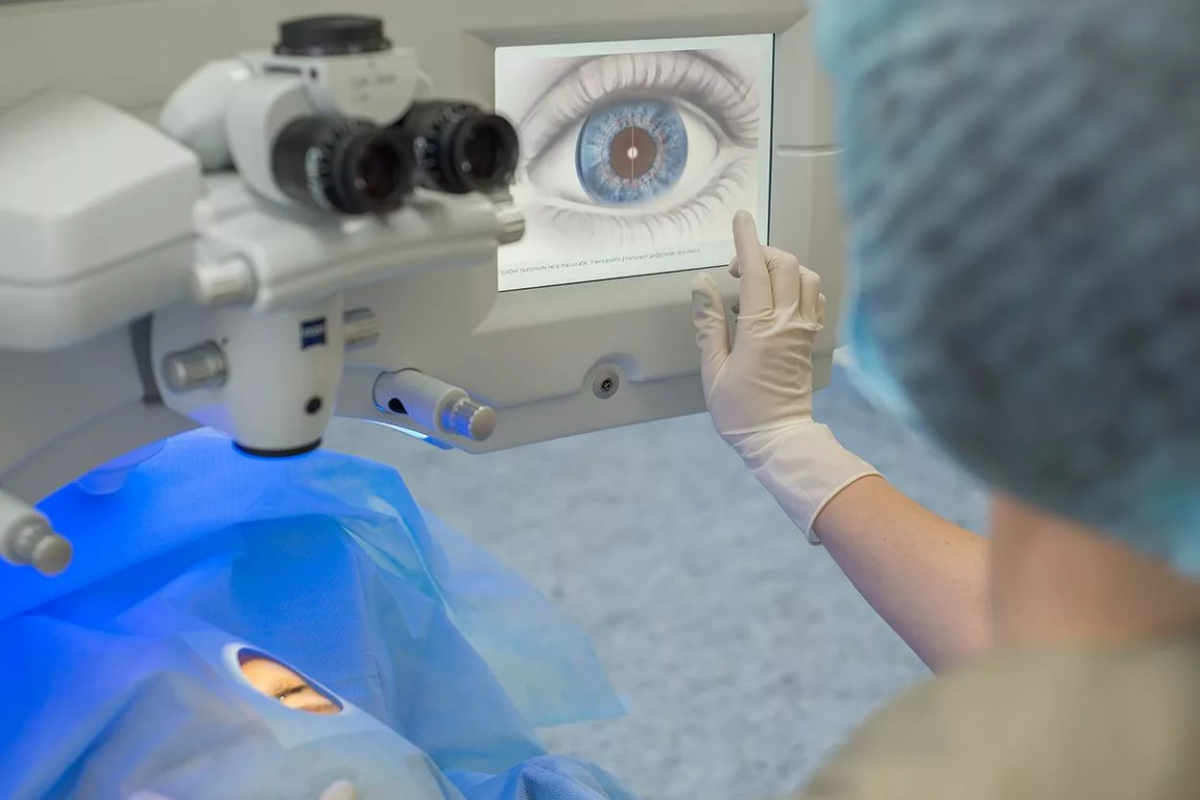- New computer models can help eye surgeons choose the best lens implant for each patient.
- 3D models provide surgeons with a complete view of the cornea and lens.
- Patients can see what different lens options will look like.
Scientists at the University of Rochester have developed computer models of patients’ eyes to help identify the ideal intraocular lenses and visual simulators for patients to experience how they will see with them.
The research, published in the Journal of Cataracts & Refractive Surgery, could help millions of people who have undergone LASIK eye surgery and later develop cataracts.
Currently, the only pre-operative data used to select the lens is essentially the length and curvature of the cornea. But the new computer models can reconstruct the eye in three dimensions, providing surgeons with the entire topography of the cornea and crystalline lens, where the intraocular lens is implanted.
“This new technology allows us to select the lens that will produce the best image at the retinal plane,” said Susana Marcos, the David R. Williams Director of the Center for Visual Science and the Nicholas George Professor of Optics and of Ophthalmology at Rochester.
In addition to developing computer models, the researchers have also developed technology that can help patients see for themselves what different lens options will look like.
“What we see is not strictly the image that is project on the retina,” said Marcos. “There is all the visual processing and perception that comes in. When surgeons are planning the surgery, it is very difficult for them to convey to the patients how they are going to see.”
The researchers use an optical bench to manipulate the optics of the eye as an intraocular lens would. This allows them to perform fundamental experiments and collaborate with industry partners to test new products.
Marcos also helped develop a commercial headset version of the instrumentation called SimVis Gekko that allows patients to see the world around them as if they had had the surgery.
The researchers are applying their methods to study other major eye conditions, including presbyopia and myopia.
“This is a very exciting time for our field,” said Marcos. “We are developing new technologies that have the potential to improve the lives of millions of people.”
[embedpost slug=”/eu-citizens-fear-ai-and-deepfakes-will-undermine-next-elections/”]
To stay informed about current events, please like our Facebook page https://www.facebook.com/BOLUrduNews/.
Follow us on Twitter https://twitter.com/bolnewsurdu01 and stay updated with the latest news.
Subscribe to our YouTube channel https://bit.ly/3Tv8a3P to watch news from Pakistan and around the world





















